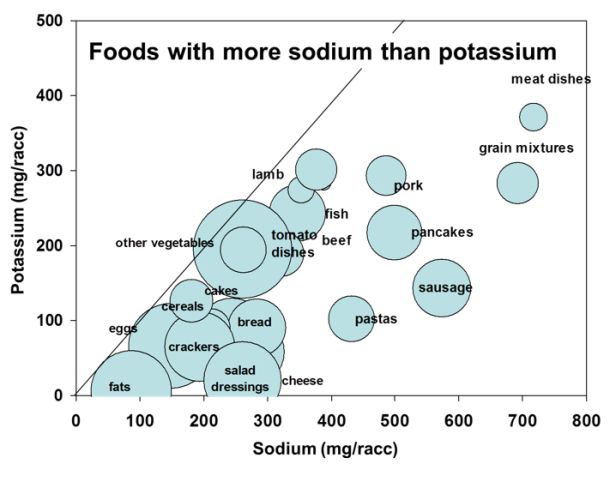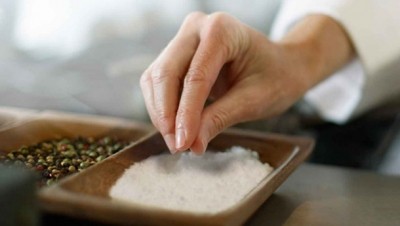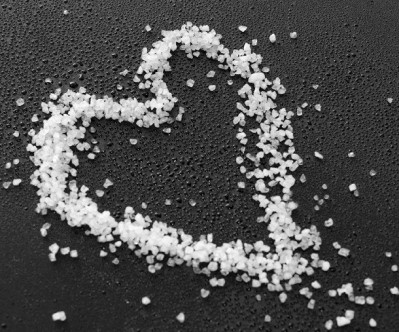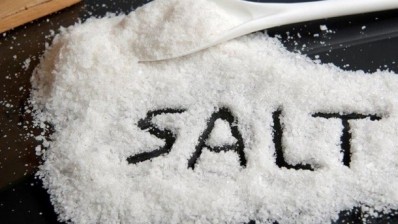Joint compliance with WHO sodium and potassium goals is ‘close to zero’, reveals study
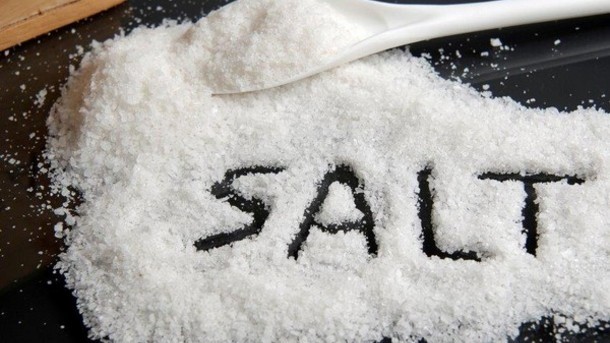
Fewer than 0.5% of adults in these countries met WHO targets for potassium (> 3,510mg/day) and sodium (<2,000mg/day), said the co-author of a new study in the British Medical Journal, who has noted on multiple occasions that it is “virtually impossible” to find combinations of foods that satisfy low sodium requirements and ensure people get all the nutrients they need, such as potassium.
Adam Drewnowski, PhD, is director of the Center for Public Health Nutrition at the University of Washington in Seattle, and has long-argued that policymakers should spend more time looking at what people actually eat – and what they can afford to buy – before issuing recommendations.
“Clearly, we consume too much sodium and not enough potassium,” Dr Drewnowski told FoodNavigator-USA.
“But if the guidelines invoke specific numbers as individual or population goals, then we need to ask, where do those numbers come from anyway? Based on what exactly? Not any observed eating habits, clearly.
“There is a case to be made for more feasibility research in the formulation of public policy… the fact that the proposed WHO guidelines are very far removed from current patterns of intake in multiple countries should be an indication of potential problems ahead.”
‘Joint compliance with the published WHO sodium and potassium goals is close to zero.’
The paper concluded: “The present analyses, based on nationally representative studies, suggest that joint compliance with the published WHO sodium and potassium goals is close to zero.
“The upper bounds of joint compliance with the WHO sodium–potassium goals were estimated at 0.3% in the USA, 0.15% in Mexico, 0.5% in France and 0.1% in the UK. Given prevailing food consumption patterns and the current food supply, implementing WHO guidelines will be an enormous challenge for global public health.”
Drilling into the US dietary intake data, just 1.4% of adult Americans consumed more than 4,700mg of potassium, the new daily recommended level, he said, while more than 90% consumed more than 2,300mg of sodium a day.
“In mathematical models based on dietary intakes from the National Health and Nutrition Examination Survey (NHANES), the US sodium and potassium guidelines appeared to be incompatible with each other.”
‘How the sodium and potassium goals are determined illustrates the complexities of translating science into public policy.’
But why look at sodium and potassium together?
In part because many of the foods that are high in potassium, such as potatoes, are also key contributors of sodium to the diet because of the way they are prepared and consumed (French Fries, potato chips), Dr Drewnowski told FoodNavigator-USA.
“Vegetables [that contain potassium], including potatoes, are routinely cooked with salt, so they are a major sources of sodium in the diet. Milk contains potassium and sodium. Cooked tomatoes in pizza [a major contributor of sodium to the US diet] contain potassium and sodium.
” Uncoupling sodium from dietary potassium can be problematic, since both are present in many of the same foods…. How the sodium and potassium goals are determined illustrates the complexities of translating science into public policy.”
‘Purely educational and individual-level approaches to sodium reduction are unlikely to be successful.’
So what should be done?
Looking at sodium, said the paper, only wholesale reformulation of foods that are the biggest contributors of sodium to the diet – bread, pizza, processed meats, cheese and meat-poultry mixed dishes – will impact intakes.
“Given the surprisingly low levels of compliance with global goals, it is clear that purely educational and individual-level approaches to sodium reduction are unlikely to be successful.”
Achieving adequate potassium intakes, meanwhile, “will likely require increasing the consumption of less frequently consumed potassium-rich foods, including beans, dark-green vegetables, dried fruits and fish”, said the paper.
*Dietary intake data was obtained from the National Health and Nutrition Examination Survey (NHANES 2007–2010) for the USA; the Encuesta Nacional de Salud y Nutrición 2012 for Mexico; the Individual and National Study on Food Consumption (INCA2) for France; and the National Diet and Nutrition Survey (NDNS) for the UK.
Source: BMJ Open, March 20, 2015
'The feasibility of meeting the WHO guidelines for sodium and potassium: a cross-national comparison study.'
Authors: Adam Drewnowski, Colin D Rehm, Matthieu Maillot, Alfonso Mendoza, and Pablo Monsivais.
